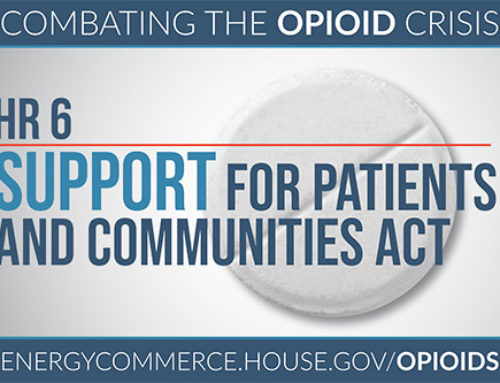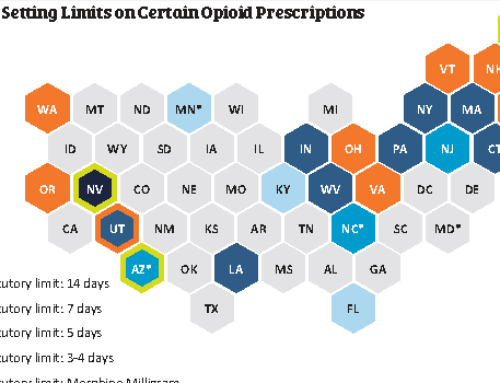The opioid crisis has touched all corners of our country, but the impact on our children is perhaps the most heartbreaking.
Women using opioids during their pregnancy pass the drugs through the placenta and across the fetal blood-brain barrier. When birth abruptly shuts down the flow of the drug, the baby’s nervous system can trigger the condition known as Neonatal Abstinence Syndrome (NAS). The number of Neonatal Intensive Care (NICU) admissions involving NAS have dramatically increased; every 19 minutes a baby is born in the U.S. suffering from opiate withdrawal.
Even if a child escapes NAS, many young children’s lives are damaged by their parents’ opioid addiction: images of toddlers, strapped into car seats, in the back of cars with unconscious parents in the front seat; horrifying accounts of children living for days in a home with parents who have overdosed and died; and elementary schools and child psychologists reporting increasingly severe child behavioral problems due to parent’s or caregiver’s addiction to opioids.
The 2016 Monitoring the Future (MTF) survey of drug use among 8th, 10th and 12th graders offers some encouraging news. Although opioid-related deaths among Americans age 24 and under almost doubled from 2005 to 2015, past-year misuse of prescription opioids has declined among high school seniors, dropping from 8.7 to 4.8 percent, with a 45% decline over the previous year.
That is good news indeed because the still-maturing adolescent brain is particularly susceptible to opioids. Even when they do not lead to addiction or overdose deaths among young people, research scientists report the profound impacts of opioids on the developing brain. Compounding the potential impact, the National Institute on Drug Abuse (NIDA) reports that 7 out of 10 teens who misuse opioids, combine them with other drugs and/or alcohol. Such drug ‘mixing’ puts teens who misuse opioids at a much greater risk of negative health effects and potential overdose.
Opioid addiction options, including access to medication-assisted treatment, are limited for adolescents. The majority of addiction treatment centers are geared toward adults and not set up for the unique adolescent considerations and treatment needs.
As clinicians, are you currently screening for adolescent substance use disorder? Here are three validated screening instruments, specifically designed for use with adolescent patients.
Learn more about this important topic in the Hilton Foundation/CO*RE course, Addressing Adolescent Substance Use: How to Recognize, Screen and Communicate.
For Further Reading:
The cost of opioid use during pregnancy, Science News
SAMHSA’s Behavioral Health Treatment Services Locator
Dramatic Increases in Maternal Opioid Use and Neonatal Abstinence Syndrome, NIDA
Striking Impact of Adolescent Drinking on the Brain, Medscape
Teens Mix Prescription Opioids with Other Substances, NIDA
2016 Key Findings on Adolescent Drug Use, Monitoring the Future
Monitoring the Future Survey: High School and Youth Trends, December 2016, NIDA







